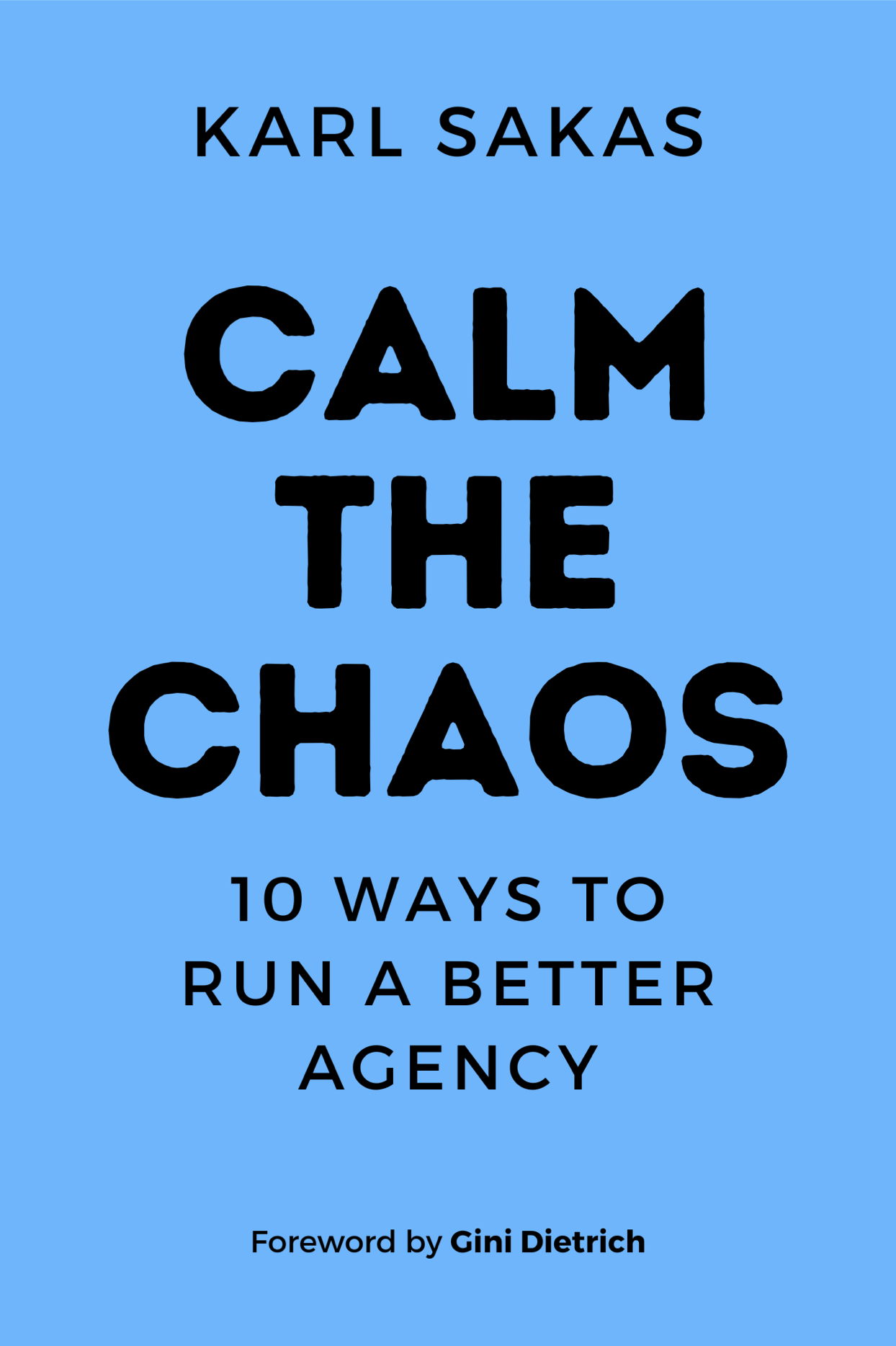Public speaking is a great lead-gen technique for agencies. But for this to work, you need to get speaking gigs. To get speaking gigs, you need to get past the event organizer. This starts by sending a strong speaking pitch.
As the VP of Programming and later Conference Director for AMA Triangle, I received a lot of speaker pitches. We currently run 100 events a year, including a three-day conference that’s featured big-name speakers like Ann Handley, Joe Pulizzi, and Peter Shankman.
You have a stronger chance when an organizer has seen you speak, knows your reputation, or got a recommendation from someone they trust. But that’s not always an option, which means you need to send a cold pitch. Many speaker pitches aren’t great, and some are pretty terrible.
7 Tips for Better Speaker Pitches
I share the first three tips in the short video above—and have added four more to help you improve your chances at getting gigs.
1) Give them a blurb to consider.
I received way too many pitches that started with “I’d love to speak to your audience!” Of course you want to speak to my audience… that’s why you’re emailing me.
Instead, send the blurb for your most relevant educational talk, so the organizer can decide if they want to speak further. Don’t make them guess if there’s a likely fit.
2) Make it about the organizer and audience, not about yourself.
It was never a good sign when a pitch included tons of ® and TM symbols. The audience doesn’t care about your trademarked terms or your extensive bio—they care about what your advice can do for them.
Instead of the “me-me-me” focus, share the concrete takeaways the audience will get from your talk—and how they’ll feel as they walk out of the room.
For a classic example of a cold-pitch that’s focused on the audience instead of the sender, see Leonardo da Vinci’s “resume”—where he pitches his services as the solution to the audience’s problems.
3) Don’t ask lazy questions.
I received a pitch earlier this month from a speaker’s PR person. The publicist asked about speaking opportunities at the High Five Conference, which I ran in 2016 and oversaw in 2017. I’m not directly involved as a leader for the next event in 2018, so the email already seemed at least a little lazy.
To be helpful, I told him the topics didn’t seem like a strong fit but he was welcome to complete our Call for Speakers. He kept asking me questions, including topics that we answered online. I referred him again to the Call for Speakers, which included contact info for this year’s Director of Programming. He asked more questions. I pointed out that he needed to contact her instead.
Then I forwarded the email exchange to the programming head, warning that he seemed high-maintenance.
4) Follow up… but not too much.
A contact introduced a speaker last year who turned out to be extremely persistent. I gave her ETAs on decisions… and she’d always follow up sooner than my ETA. I pointed her to the Director of Programming… and then she’d ping me anyway.
If you feel like you’re being overly persistent, you probably are. Give organizers a week to respond before you ping them. For many events, the organizers are volunteers—this is not their full-time job. Even if is their full-time job, this isn’t their only responsibility.
That said, some followups are fine. Instead of guessing, ask the organizer when you should check back. They’ll probably tell you—and then you should respect their answer. You do not want to get flagged as high-maintenance.
5) Get a demo video.
If they’ve never seen you speak before, a demo video helps them see what you’re like on stage. My “gold standard” is Michael Hyatt’s speaker demo reel, which includes a mix of big-audience shots and Michael speaking directly to organizers’ needs and wants.
Where to get your demo video
The cheapest option is to bring an HD camcorder to your next talk. Set up a tripod, record yourself, and you’ve got footage. Be sure to record high-quality sound, as audiences will forgive so-so video but not so-so audio. The iRig Mic setup lets you record directly into your phone. Then, you or a video editor will need to merge the audio and edit the video.
For a more turnkey approach, I got my demo video from the KEY5 Conference. KEY5 is an event designed to help speakers get high-quality footage. To get a discount on the next event, use discount code “SAKAS” when you apply. (In line with my policy on referral fees, I don’t receive anything for recommending KEY5.)
6) Link to your speaker page.
Keep your emails shorter by linking to a speaker page (and your demo video). By putting the key info on your speaker page, you can customize your email without needing to include everything in the email.
What should be on your speaker page
Your speaker page ideally includes a demo video, testimonials from past organizers, a list of upcoming talks, a summary of places you’ve spoken before, and blurb(s) for your top topics.
7) Keep it short… and then shorten it some more.
Send a draft copy of the pitch email to yourself—and preview the message on your phone. Does it look too long? Look for ways to shorten it. Organizers are busy—make their job (or volunteer job) easier.
You don’t need to put 100% of your info the email—your goal is to get the organizer on the phone. Think about what will pique their interest—and then leave it there.
Email, not phone
You may be tempted to cold-call them first. Don’t. Email gives the organizer time to review your info. If you call first, you’re just a random voice on the phone, which doesn’t help you get selected.
Applying this advice at your agency
Depending on where you are in your speaking career, this may be a lot to change. You don’t need to do everything at once—something is better than nothing.
Start with the low-hanging fruit—for instance, if you don’t have a custom-edited demo video, get basic footage from a talk. Look for testimonials from organizers who’ve already seen you speak.
Get my book for more speaking lead-gen tips
For additional advice, get my book The In-Demand Marketing Agency: How to Use Public Speaking to Become an Agency of Choice. I share how to create the right talk, how to get speaking gigs, and how to turn those gigs into leads for your agency. It’s available in paperback and Kindle, priced at less than what you’d pay for a pizza.
QUESTION: What are you going to change about your speaker pitches, based on what I’ve shared here?


